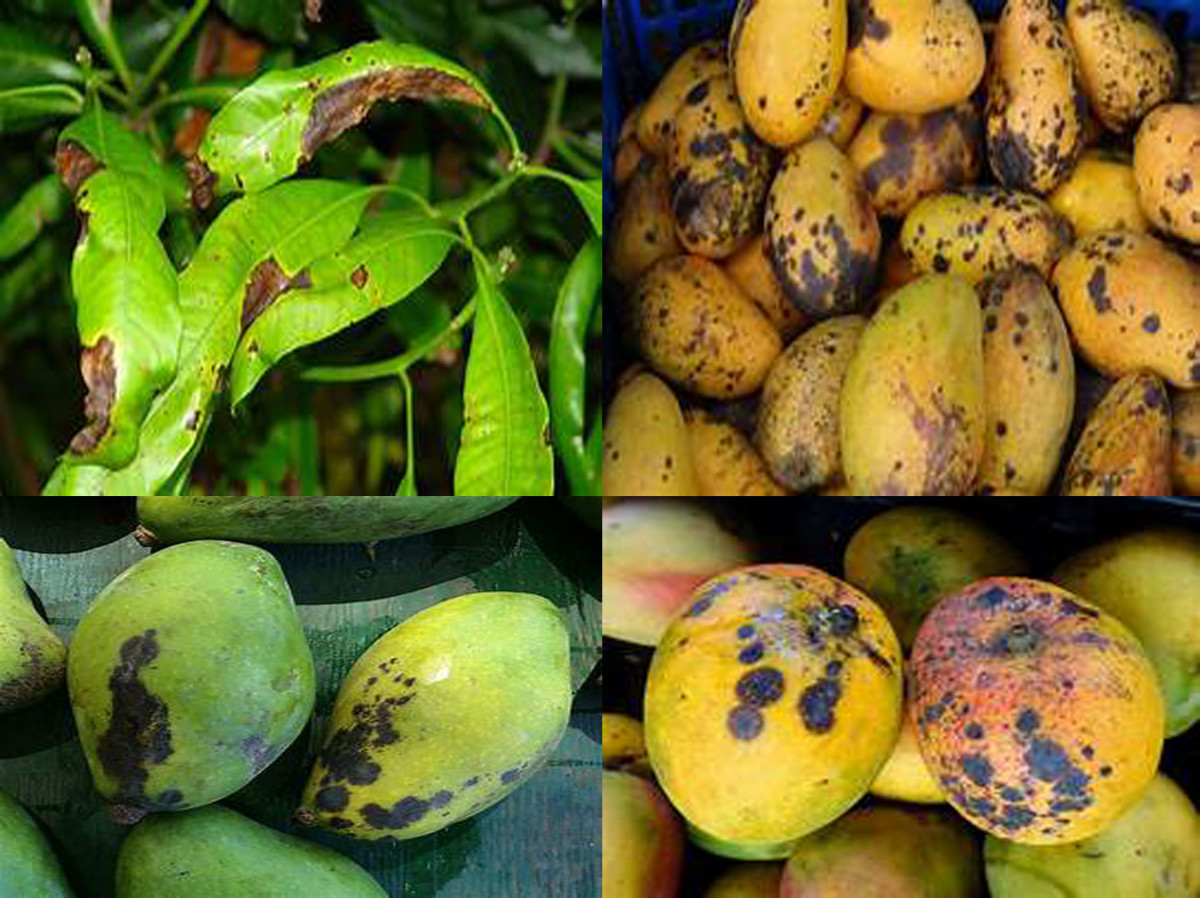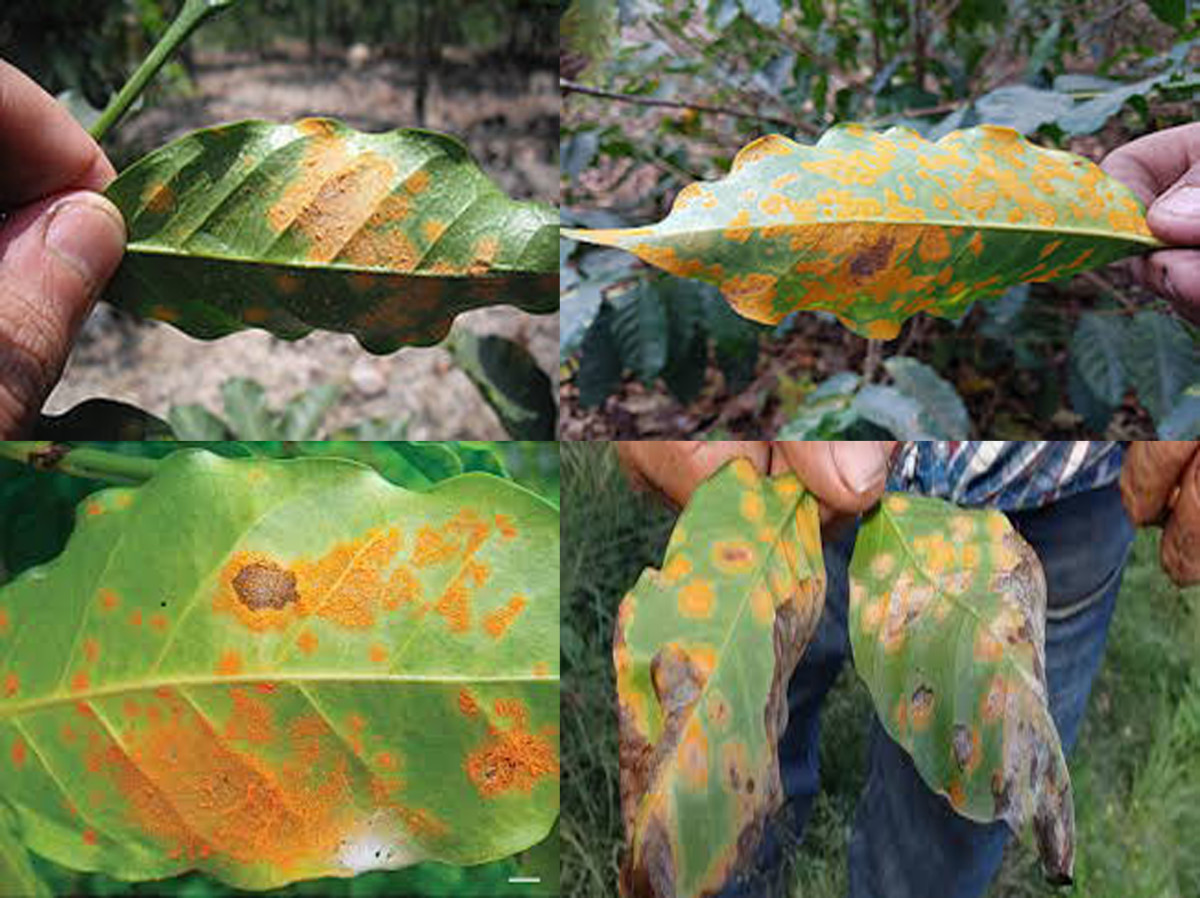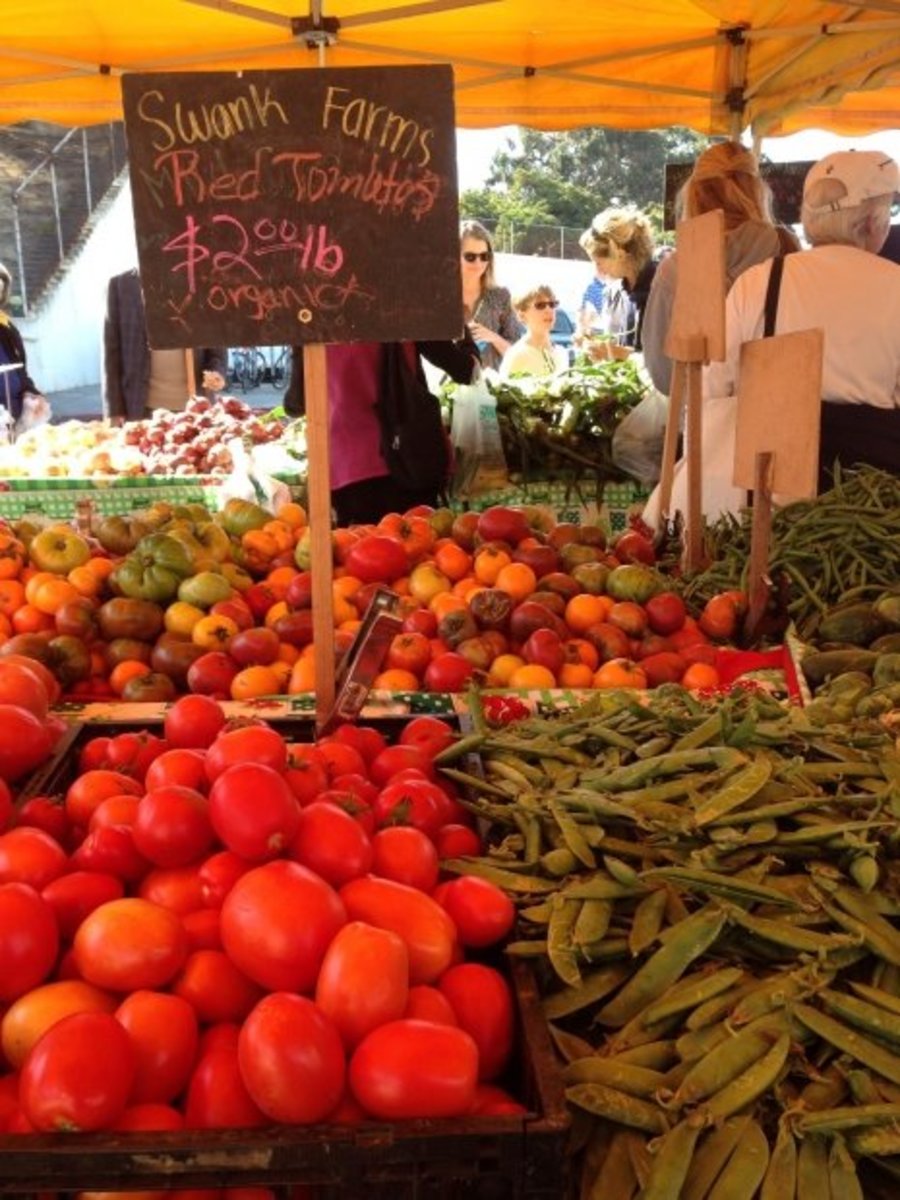Reducing Your Food Mile
Life used to be so much simpler when it came to food. You grew what you needed or went to the store and bought what was on the shelves. If it wasn’t there, you didn’t buy it.
Not anymore. Now, besides considering how safe is our food or how it was grown, we need to think about how far it travels to get to our plates.
What is a “food mile”?
How many miles did the banana you had for breakfast travel? How about that piece of fish you had for dinner?
Food mile is a term used when discussing the distance food travels from the land to your plate. How far does your food travel? A search on the Internet comes up with an average of between 900 and 1,500 miles. Of course, it depends on where you live and what you are buying.
There are a number of reasons why food travels the distances it does.
- We are more likely to buy out-of-season produce than we did years ago. When I was growing up back in the 1950s and 1960s, my parents didn’t buy fruits and vegetables unless they were in season. With six kids to feed, buying out-of-season produce was a luxury they couldn’t afford so it was no strawberries until spring and no corn on the cob until summer.
- We eat more processed foods today. The frozen pizza our teens are so fond of is made of ingredients processed in and transported from several areas of the country only to be assembled in yet another location. According to an article by the Center for Urban Education about Sustainable Agriculture, sugar grown in Hawaiian sugarcane fields travels10,000 miles before ending up back in Hawaii. That’s because it is processed in California and packaged in New York.
- We like our food to be cheap. Think Wal-mart, Costco and other companies with highly efficient warehousing and processing systems that can take advantage of cheaper labor overseas for these tasks.
The downside of food traveling long distances is that shipping it negatively impacts the environment through the use of fossil fuels and the greenhouse gases they emit.
Easy solution?
You would think the easy solution would be to buy everything within a 100-mile radius of where you live. But that isn’t always possible nor is it always a savings in energy.
A New York Times op-ed by James E. McWilliams brings up another side of the issue: the costs of producing the food, including water use, harvesting techniques and fertilizer outlays. When everything is taken into account, it just might be more energy efficient and practical in the long run to eat the kiwi from New Zealand or the grapes from Chile.
It isn’t easy shopping for food nowadays. You have to consider where your food is coming from, who grew it and what were their growing methods (remember those e. coli outbreaks in recent years?) and now, the energy costs of producing the food.
The key will be to find the balance between local and transported food.
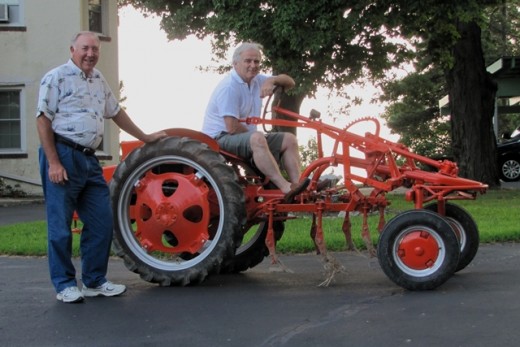
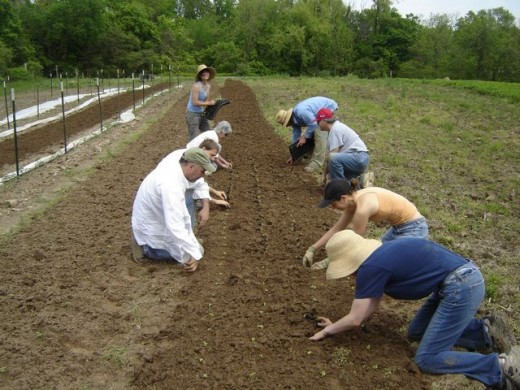
La Vista can help!
So what can you do to reduce your food’s carbon footprint?
Joining a CSA (community supported agriculture) farm such as La Vista is one way you can reduce your food’s carbon footprint.
That's because La Vista and other CSA farms use sustainable growing methods. We protect the soil by using cover crops, rotating crops, letting fields lie fallow for a season and choosing varieties that are pest-resistant. And soil that has been managed this way is better able to use water resources.
CSA farming values human labor as an integral part of the production of food and the less mechanized a farm’s operation, the more likely it is to conserve resources, i.e., use less fossil fuels. At La Vista, seeds are sown, weeds and pests are managed and crops are harvested – all by hand. When a tractor is needed, we have a “green machine.” A 1948 Allis Chalmers Model G tractor was purchased and converted to run a battery that lasts about two hours.
When you join a CSA, you’re not only cutting down on the number of miles your food travels from the farm to your plate but you’re also getting it fresher. Produce in stores is often shipped while still unripe and with lots of packaging to keep it stable for transport and sale.
La Vista and other CSAs offer seasonal produce. Eating with the seasons gives you the chance to try new foods and it’s cheaper. Learn to preserve in-season fruits and vegetables and you can have those strawberries next winter.
This is the fourth in a series of monthly hubs I’ll be writing in 2011 about La Vista Community Supported Garden in Godfrey, Illinois. I joined La Vista in 2005 and became a member of its board of directors a year later. This series – La Vista: Nurturing land and people – will take the reader through a year at the farm, sharing the struggles and triumphs of operating a CSA and the benefits of membership. I hope you find this series useful and interesting and, as always, feel free to leave a comment.
Next month: Farming is tough work




